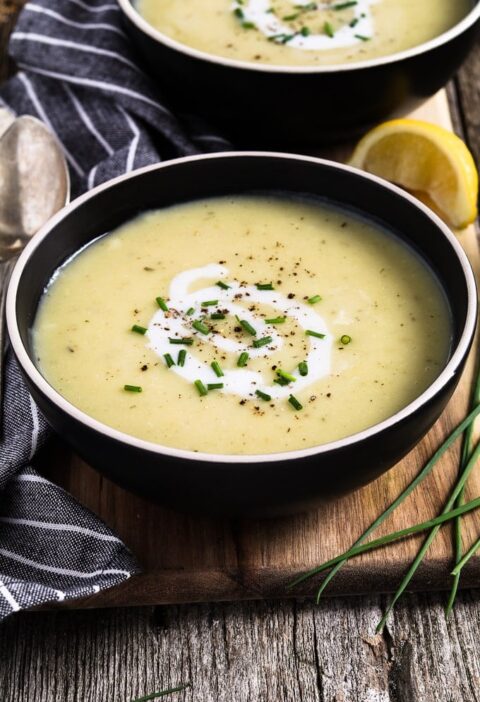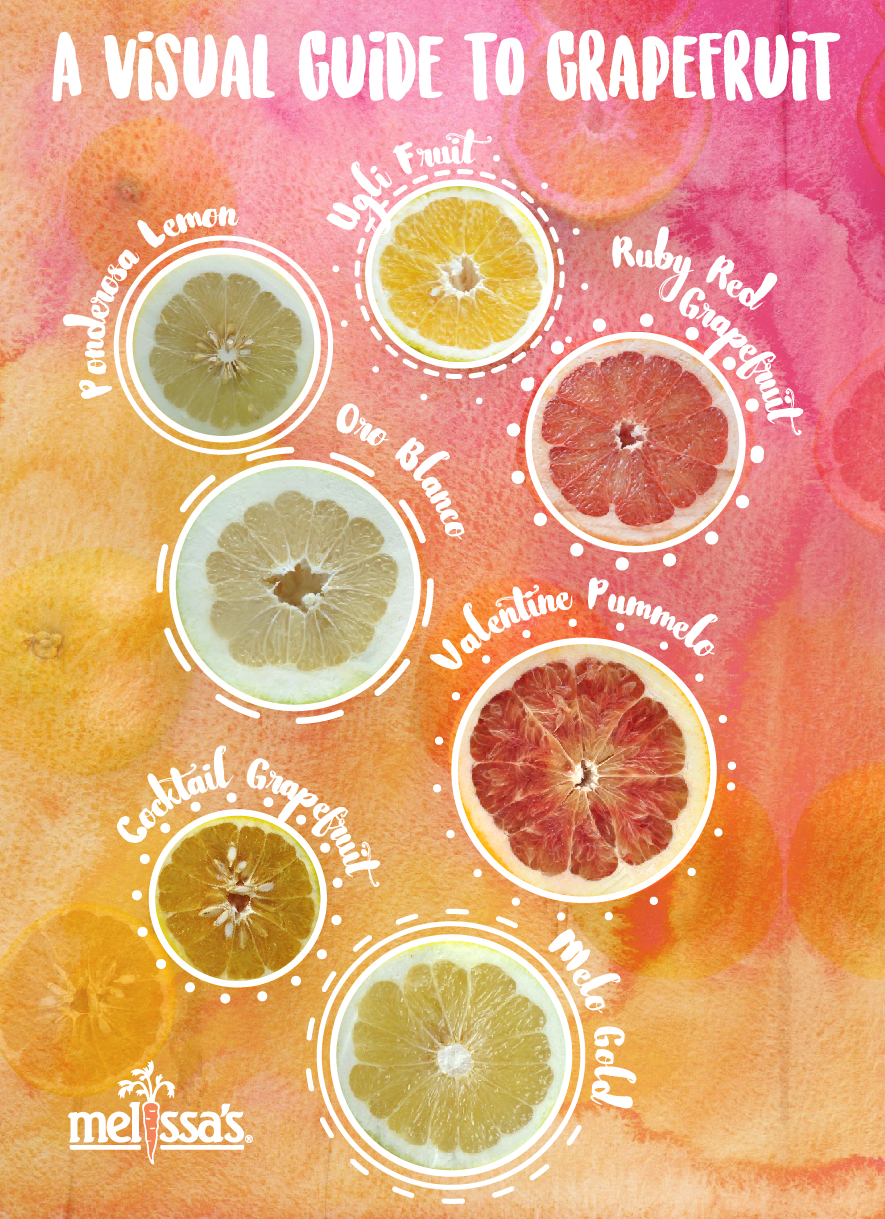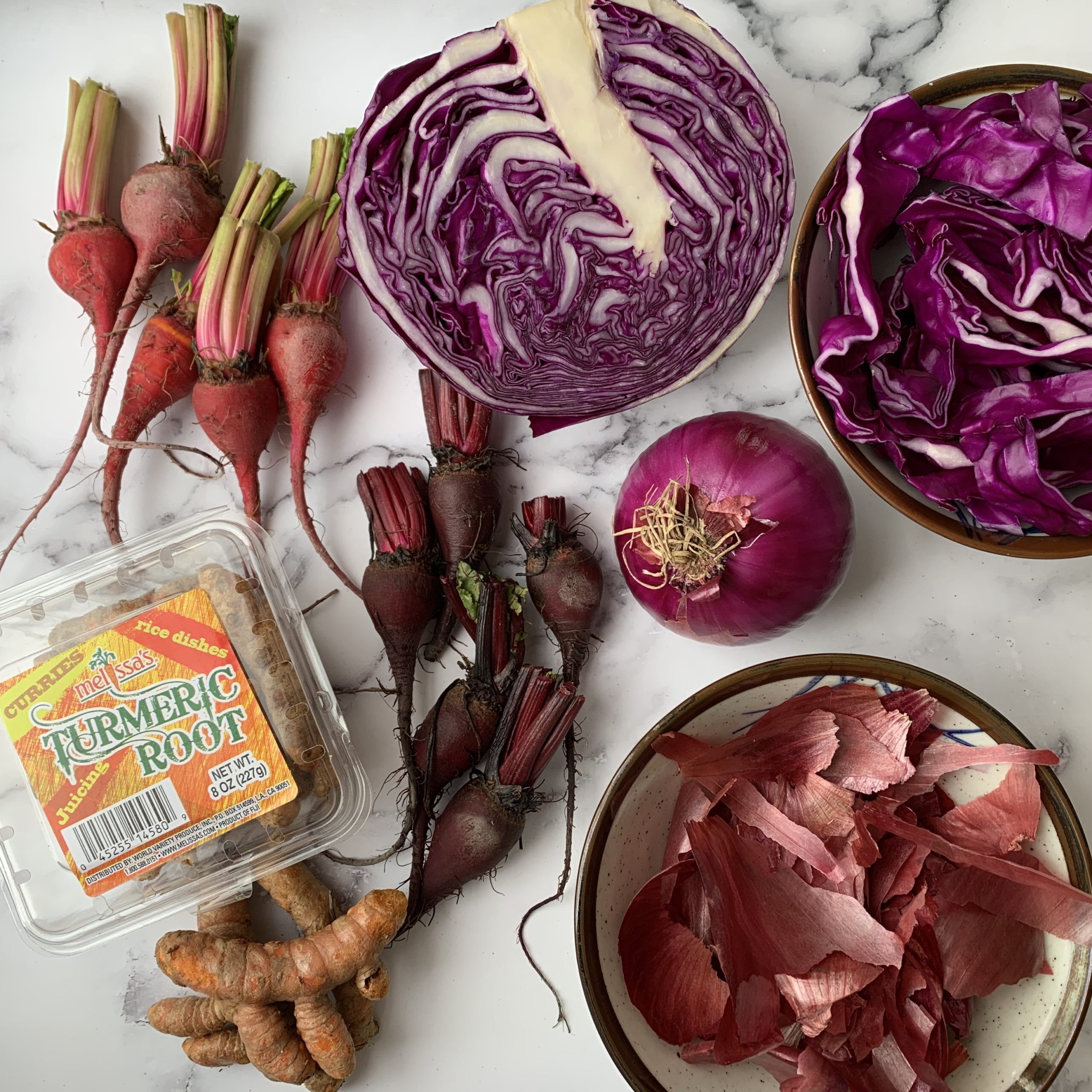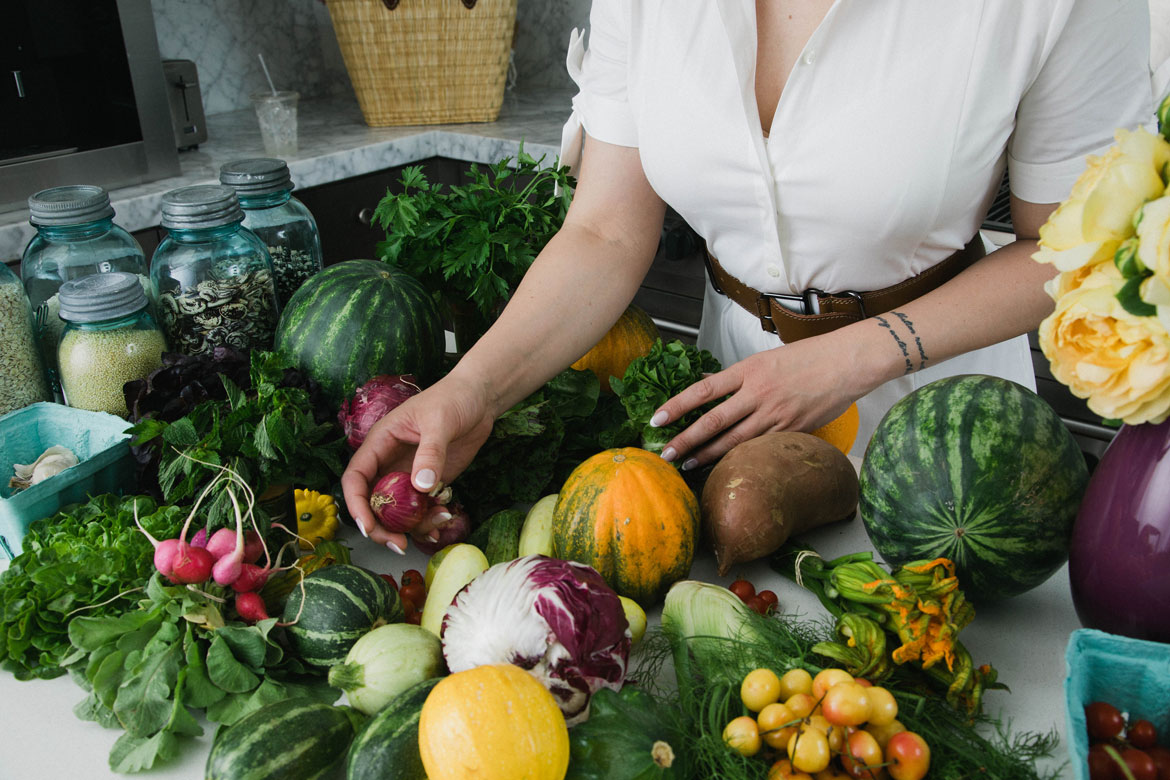10 Ways To Know your GMOs better!
What is a GMO?
Genetically modified organisms (GMOs) are living organisms whose genetic material has been artificially manipulated in a laboratory through genetic engineering. This creates combinations of plant, animal, bacteria, and virus genes that do not occur in nature or through traditional crossbreeding methods.
Most GMOs have been engineered to withstand the direct application of herbicide and/or to produce an insecticide. However, new technologies are now being used to artificially develop other traits in plants, such as a resistance to browning in apples, and to create new organisms using synthetic biology. Despite biotech industry promises, there is no evidence that any of the GMOs currently on the market offer increased yield, drought tolerance, enhanced nutrition, or any other consumer benefit. Learn more here
How To Know your GMOs
2. Look for the Non-GMO Project Verified Seal
Third-party verification that a product is made without the intentional use of GMO ingredients
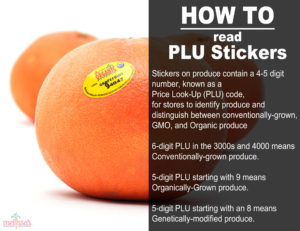
3. Be Informed
As of 2018, these are the 10 commercially available GM crops in the US: alfalfa, apples, canola, corn, cotton, papaya, potatoes, soybeans, squash and sugar beets.
4. Eat Your Fruits and Veggies
Most fresh produce is non-GMO. Apples, potatoes, alfalfa, canola, both field and sweet corn, Hawaiian papaya, sugar beets, zucchini and yellow summer squash are the only produce items currently grown commercially from GMO seed*.
5. Consider the Additives
The five most prevalent GMO crops of corn, canola, soy, cotton and sugar beets end up as additives in all kinds of packaged foods as corn syrup, oil, sugar, flavoring agents, thickeners and other additives. Over 70% of packaged food products in North America contain GMOs.
6. Check the Source on Meat and Dairy
Milk, cheese, eggs, beef, chicken and pork could all be from animals that were fed GMO feed.
7. Go Wild
Some farmed fish eat GMO feed. Choose wild-caught seafood or farmed oysters, mussels and clams (they aren’t given supplemental feed).
8. Feel Good About Frozen Food
Most frozen fruits and vegetables are non-GMO. Frozen fruits and vegetables without additives are good non-GMO choices unless from one of these five high-risk crops: sweet corn, Hawaiian papaya, edamame, zucchini and yellow summer squash.
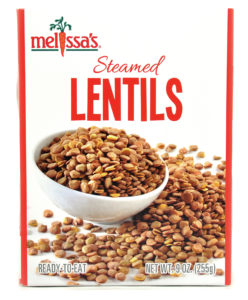 9. Go for Legumes, Dry Grains, Beans, Nuts and Seeds
9. Go for Legumes, Dry Grains, Beans, Nuts and Seeds
As long as you avoid corn and soy, choosing dry beans, grains, nuts and seeds is a great way to go non-GMO.
10. Drink Responsibly
All wine and beer labeled either “organic” or “made with organic” must use non-GMO yeast. Wine grapes and the grains used to make beer are not typically GMO.
You have the right to know what’s in your food!



